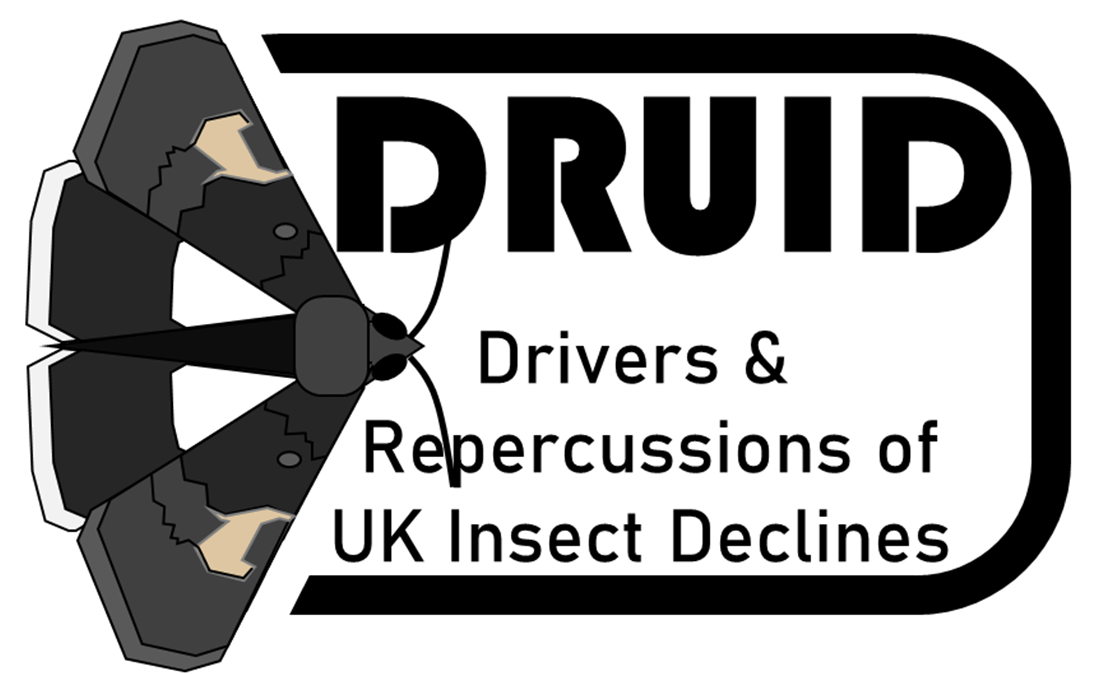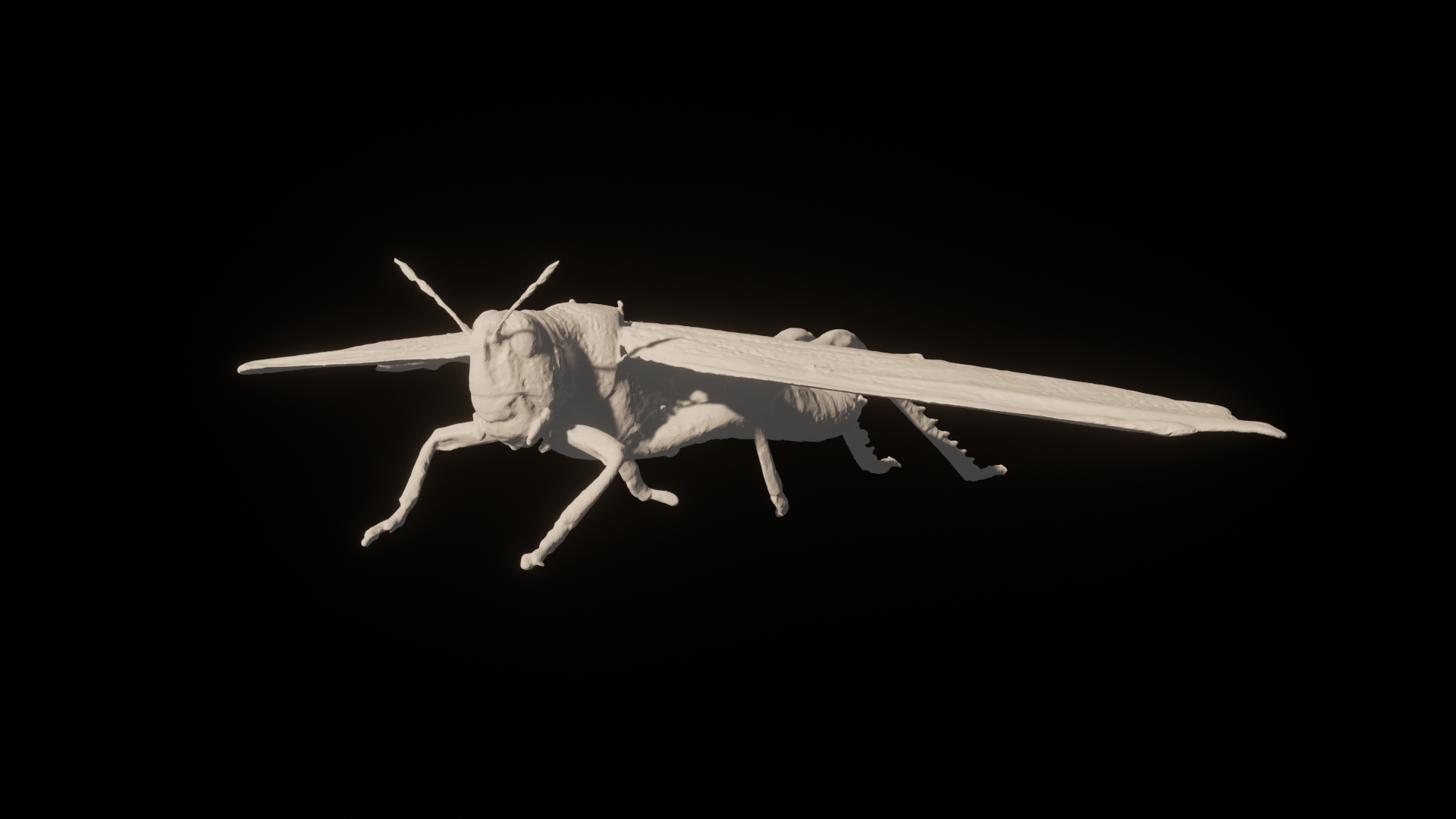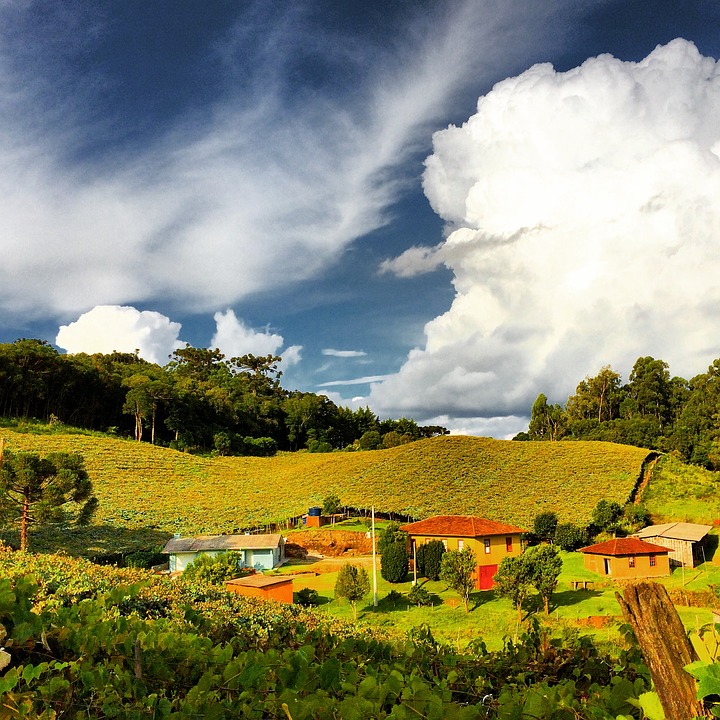BioDAR Research
The BioDAR Project team started with a single pump-priming project grant that allowed us to demonstrate the concept of insect detection with radar. Since then, we have gone on to be involved in a number of funded projects that make use of the radar entomological approaches that BioDAR is developing. Below are some details of current collaborations.

Drivers & Repercussions of UK Insect Declines (DRUID)
This NERC-funded research project is led by Professor Bill Kunin from the BioDAR Team and coordinates a large network of entomologists who are looking to determine large-scale patterns of insect decline and their drivers. The BioDAR Project is contributing to those aims by generating trends data from weather surveillance radar to complement more traditional biodiversity trends.
For more details, see https://druidproject.org.uk/

PestDAR: Using weather radar to monitor agricultural pest outbreaks in Africa
This Bill & Melinda Gates Foundation project is also led by Professor Bill Kunin and has a very specific goal of developing radar entomology approaches for use in Africa. The work initially focused on fall armyworm but has expanded to include locust monitoring. The project evolved considerably during the time that we were working on it and there are a series of interesting collaborations that have developed with colleagues across Africa, the Middle East, and South Asia.

UpBRAIn: UPskilling and upscaling Brazilian weather Radar for the study of Aerial INsects
Chris Hassall leads this small NERC Global Seedcorn Partnerships Fund project to collaborate with Brazilian researchers on entomological radar ecology. The project has two main parts. In the first, we will explore some of the BioDAR approaches within the Brazilian context, examining patterns of forest, pesticides, and tracking pests. These methods will use new data that have not been applied in this way before. The second part of the project is to develop a training course in aeroecology that will encourage and enable researchers from both radar and biodiversity science to engage with aeroecology. The course will be available on Coursera in Autumn 2022.
